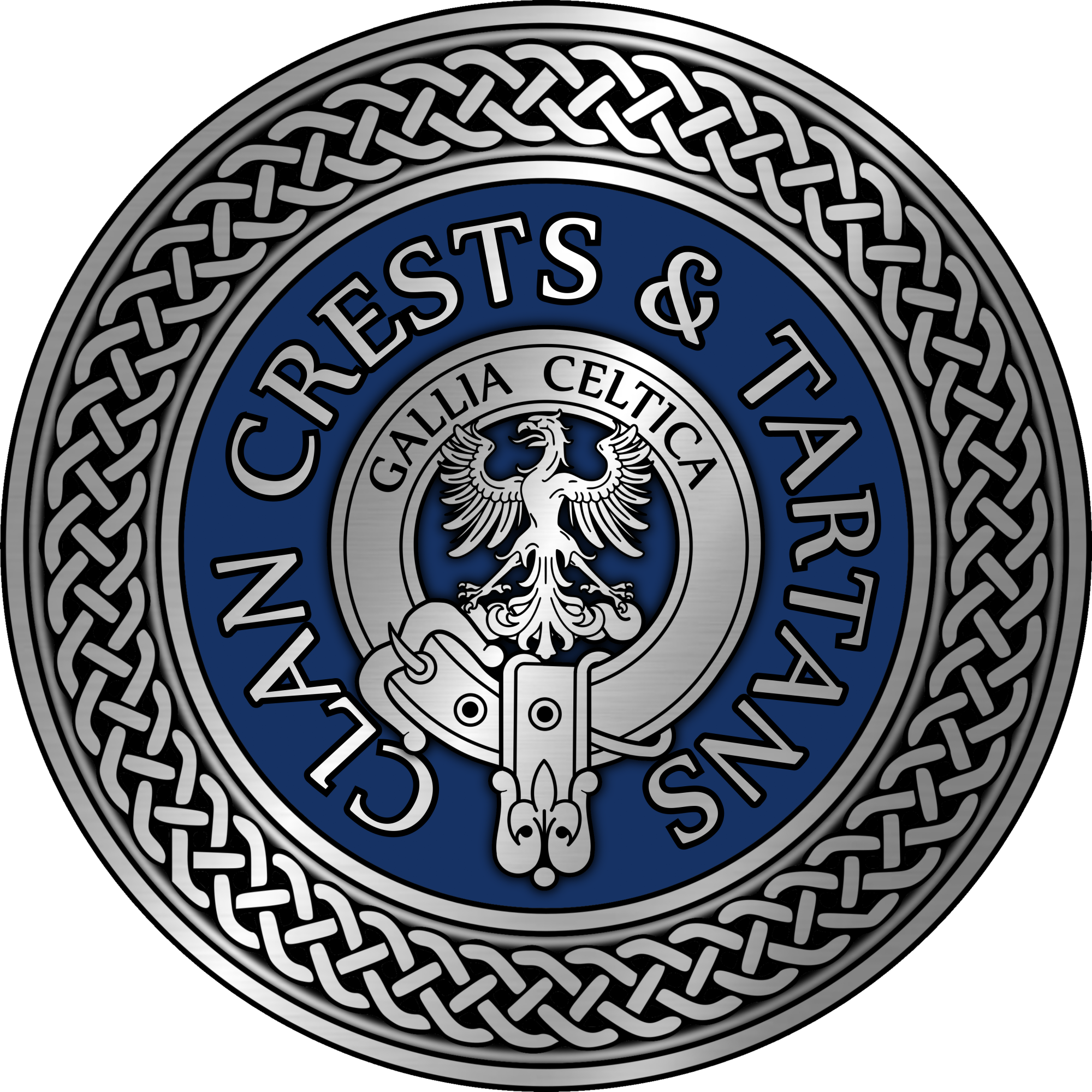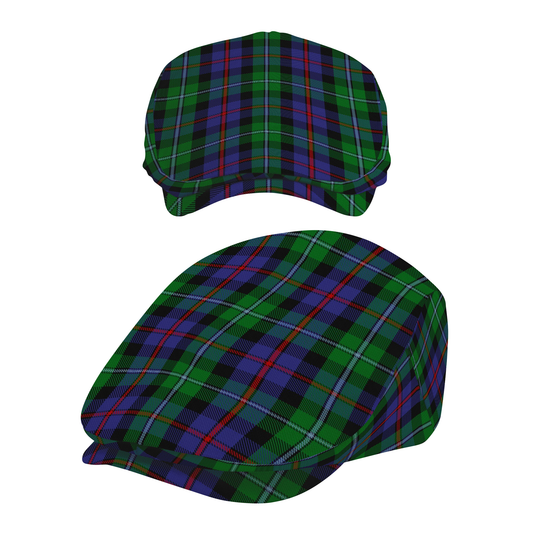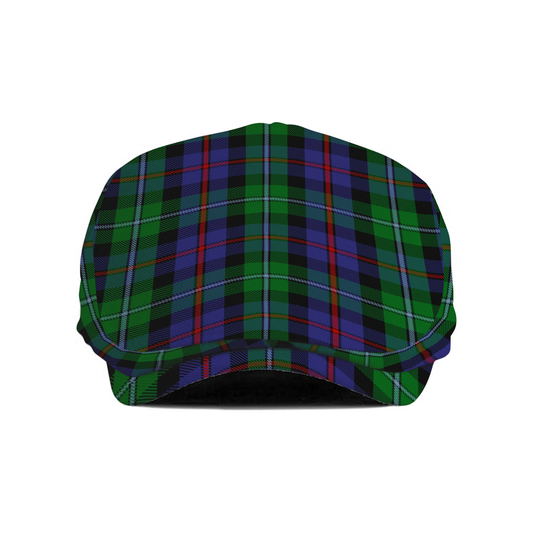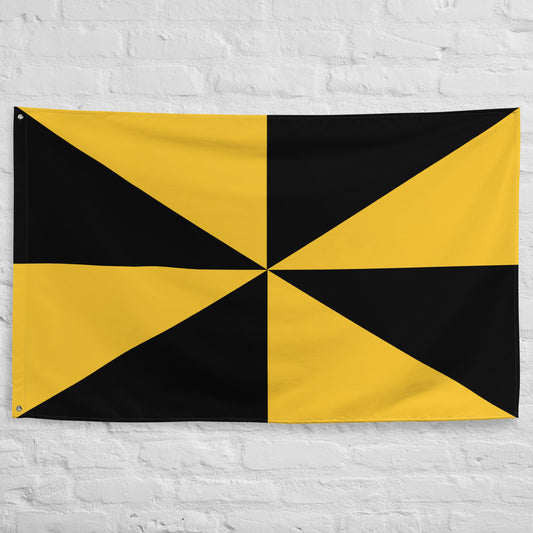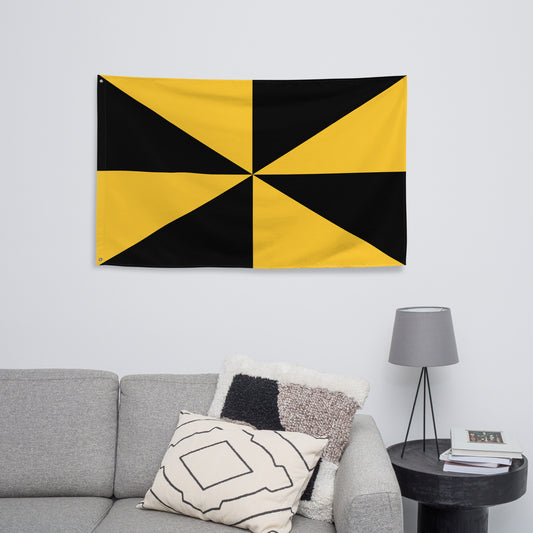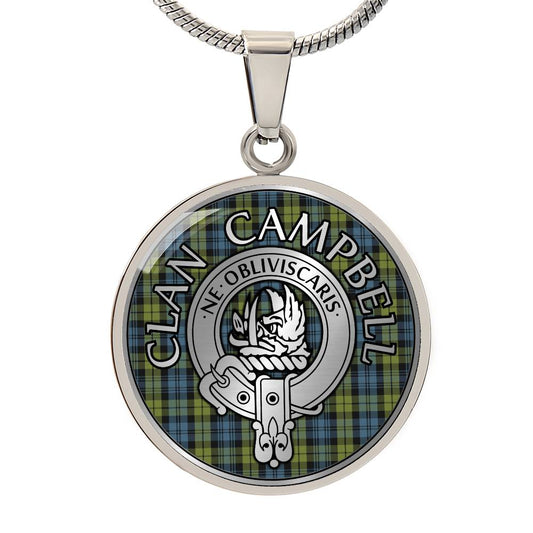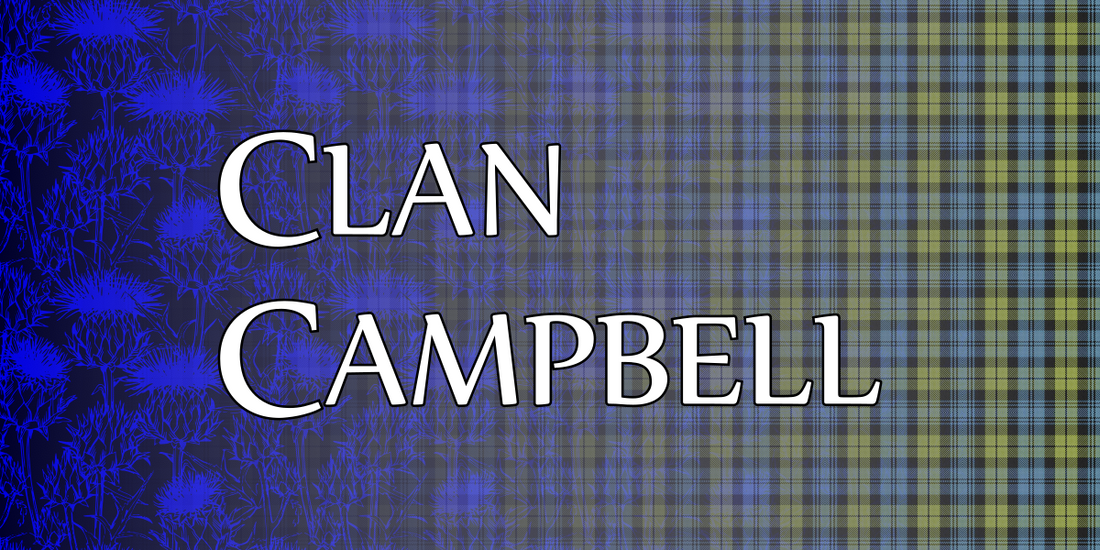

Scots Gaelic: Na Caimbeulaich
Historically one of the largest and most powerful of the Highland clans. The Clan Campbell lands are in Argyll and within their lands lies Ben Cruachan. The chief of the clan became the Earl and later Duke of Argyll.
Profile
Crest: On a boar's head erased fessways erased Or, armed Argent, langued Gules
Motto: Ne Obliviscaris (Forget Not)
Slogan: Cruachan!
Region: Highlands
District: Argyll
Plant Badge: Bog Myrtyle
Pipe Music: Baile Inneraora (The Campbells are Coming)
Historic Seat: Castle Campbell
Seat: Inveraray Castle
Clan Relationships
Branches
Campbell of Argyll (chiefs)
Campbell of Strachur (senior cadets)
Campbell of Breadalbane
Campbell of Cawdor
Campbell of Loudoun
Carter-Campbell of Possil
Campbell of Craignish
Campbell of Auchinbreck
Septs
Arthur, MacArtair, MacArthur, MacCarter, Bannatyne,
Ballantyne, Blanton, Brunton, Burnes, Burness, Burnett, Burns, Caddell, Cadell, Calder, Calvert, Camp, Connochie, Conochie, MacConachie, MacConchie, MacConnechy, MacConochie, Denoon, Denune, Gant, Gibbon, Gibson, MacGibbon, MacGubbin, Harres, Harris, Hardman, Hardy, Hawes, Haws, Hawson, Hastings, Isaac, Isaacs, Kemp, Kissack, Kissock, MacIsaac, MacKessack, MacKessock, MacKissock, Iverson,
Macever, Macgure, MacIver, MacIvor, Macure, Orr, Ure, Kellar, Keller, Maceller, MacKellar (also McKellar), McKerrow, Lorne, McGilekeyr (also Gilkie,Gilkey),
Louden, Loudon, Loudoun, Lowden, Lowdon, MacColm, MacColmbe, MacLaws, MacLehose, MacTause, MacTavish, MacThomas, Riddell, Taweson, Tawesson, Thomas,
Thomason, Thompson, Thomson, MacDermid, MacDermott, MacDiarmid, MacElvie,
MacKelvie, MacGlasrich, MacKerlie, MacNichol, MacNocaird, MacOran, Macowen, MacPhedran, MacPhederain, Paterson, MacPhun, Moore, Muir, Ochiltree, Pinkerton, Tanner,
Tonner, Torrie, Torry
Allied Clans
Bruce, Grant, Drummond, Leslie, Maitland, Malcolm, Scott, Forbes,
Stewart of Balquhidder, Menzies, MacInnes, MacEwen, MacCallum, MacLeod, MacLachlan,
Buchanan, MacFarlane, Wallace
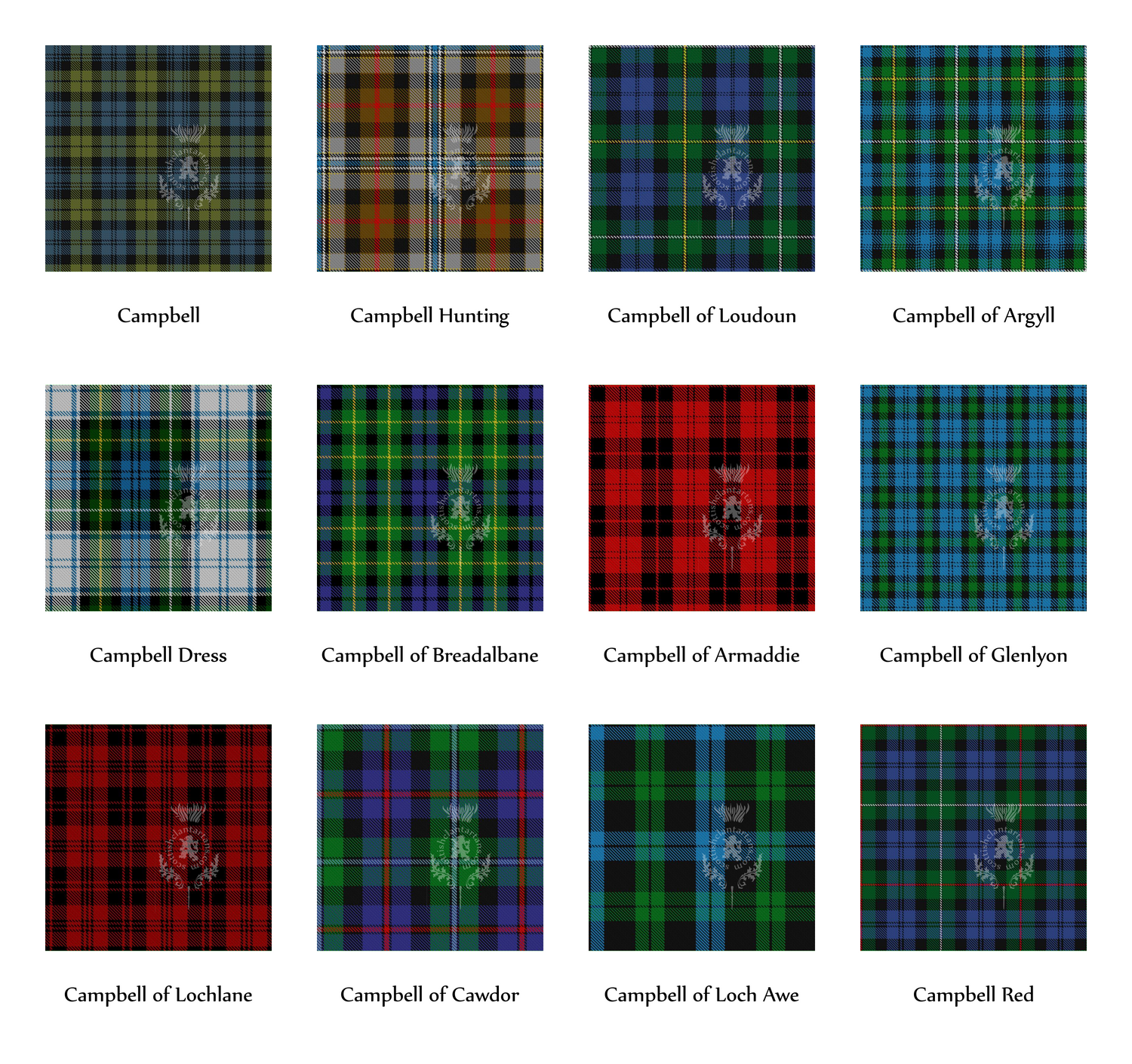
Clan Tartans
Shop Campbell TartansClan History
In traditional genealogies of the Clan Campbell, the clan's origins are placed amongst the ancient Britons of Strathclyde; the earliest Campbell in written records is Gillespie who is recorded in 1263. Early grants to Gillespie and his relations were almost all in east-central Scotland, but the family's connection with Argyll came some generations before, when a Campbell married the heiress of the O'Duines and she brought with her the Lordship of Loch Awe. Because of this the early clan name was Clan O'Duine and this was later supplanted by the style Clann Diarmaid. This name came from a fancied connection to Diarmid the Boar, a great hero from early Celtic mythology.
The original seat of the Clan Campbell was either Innis Chonnell Castle on Loch Awe or Caisteal na Nigheann Ruaidh on Loch Avich. The clan's power soon spread throughout Argyll, though at first the Campbells were under the domination of the Lords of Lorne, chiefs of Clan MacDougall. The MacDougalls killed the Campbell chief Cailean Mór (Colin Campbell) in 1296. (See: Battle of Red Ford). All of the subsequent chiefs of Clan Campbell have taken MacCailean Mór as their Gaelic patronymic.
Between 1200 and 1500 the Campbells emerged as one of the most powerful families in Scotland, dominant in Argyll and capable of wielding a wider influence and authority from Edinburgh to the Hebrides and western Highlands.
Wars of Scottish Independence
The family of Colin Campbell went on to become firm supporters of King Robert the Bruce and benefited from his successes with grants of lands, titles and good marriages. During the Wars of Scottish Independence the Campbells fought for Scotland against the English at the Battle of Bannockburn in 1314. During the 14th century the Clan Campbell rapidly expanded its lands and power. This is partly explained by the loyalty of Sir Neil Campbell (Niall mac Caile), (d.1315), to the cause of Robert the Bruce – a loyalty which was rewarded with marriage to Bruce's sister Mary. The family was also closely associated with the Stewarts as well as the Bruces in the time of Cailean Mór. Sir Neil, as a staunch ally of the Bruce was rewarded with extensive lands that had been taken from the forfeited MacDougall, Lords of Lorne and other enemies of the Bruces in Argyll.
15th Century and Royal Relations
The Campbells gave support to the Crown throughout the 15th century. By the end of the 15th century the power of the Lords of the Isles (chiefs of Clan Donald) who were the Crown's most powerful rivals had been broken leaving the Campbells as the main power in the area. From this time onwards the Campbells acted as the main instrument of central authority in the area and this could be the real cause of the ancient enmity between the Campbells and the MacDonalds.
Descendants of Sir Duncan Campbell, 1st Lord Campbell (Donnchadh) and his wife Lady Marjorie Stewart would be descendants of Robert the Bruce, King of Scotland and Robert II Stewart, King of Scotland. Lady Marjorie Stewart, b. 1390 was the daughter of King Robert II's son, Robert Stewart, 1st Duke of Albany. This would make all descendants of Sir Duncan Campbell and Lady Marjorie Stewart descendants of Robert I Bruce and most of the early Kings of Scotland.The first Lord Campbell was created in 1445. It was from the 15th century that the Campbells came to take an increasingly prominent role. The personal reign of James I of Scotland, saw that king launch a great political assault on the Albany Stewarts and their allies in the west, however Duncan Campbell, 1st lord Campbell (Donnchadh), escaped the fate of his Albany kinsmen who were all either executed or exiled.Colin Campbell, 1st Earl of Argyll (Cailean) was en-nobled as the Earl of Argyll in 1457 and later became Baron of Lorn and was also granted lands in Knapdale, signs that the Argylls were one of the major forces in Scotland. In 1493 after the forfeiture of the MacDonald, Lord of the Isles, the Campbell lords may well have viewed themselves as natural successors to the Clan Donald in terms of leadership of the Gaels of the Hebrides and western Highlands. The Campbell lordship thus remained one of the most significant bastions of Gaelic learning and culture in late medieval and early modern Scotland.In the Battle of Knockmary, 1490, men of the Clan Campbell and the Clan Drummond joined forces to defeat the Clan Murray. This also became known as the Massacre of Monzievaird. In 1499, Campbell of Inverliver defeated the Clan Calder at the Battle of Daltullich and Sir John Campbell, the younger son of the Earl of Argyll, received the estate of Calder and Cawdor Castle through his marriage to the heiress, Muriel Calder.
Campbell Collection
-
Clan Campbell of Cawdor Tartan Flat Cap
Regular price $49.99 USDRegular priceUnit price per$49.99 USDSale price $49.99 USD -
Clan Campbell Tartan Flat Cap
Regular price $49.99 USDRegular priceUnit price per$49.99 USDSale price $49.99 USD -
Arms of Clan Campbell: Gyronny of eight or and sable
Regular price $49.99 USDRegular priceUnit price per -
Clan Campbell Crest & Tartan Pendant Necklace
Regular price From $59.95 USDRegular priceUnit price per$89.95 USDSale price From $59.95 USDSale
16th Century and Clan Conflicts
In 1513 the 2nd Earl of Argyll was killed along with many of his clan at the Battle of Flodden.The Battle of Langside took place in 1568 where the chief of Clan Campbell, Archibald Campbell, 5th Earl of Argyll, commanded the forces who fought for Mary, Queen of Scots.
In 1567, a conflict took place between the Clan Campbell and Clan Arthur. Duncan MacArthur and his son of the Loch Awe MacArthur family, became the victims of their own success when jealousy of their power drove neighbours to drown them in Loch Awe during a skirmish with the Clan Campbell. In the archives of Inveraray Castle a charter dated 1567 confirms that a pardon was granted to the Campbells of Inverawe for what became known as the "drowning of Clan Arthur". It is believed that the MacArthurs trying to defend themselves were driven into the loch. Centuries later in the 1970s an ancient sword was unearthed on the shore of the loch.
For two centuries from the mid-15th century the Clan Gordon and Clan Campbell controlled the north-east and west of Scotland respectively, as the magnates who straddled the divide between the Scottish Highlands and Scottish Lowlands. In 1594, Archibald Campbell, 7th Earl of Argyll was granted a Royal Commission against George Gordon, 6th Earl of Huntly but was defeated at the Battle of Glenlivet.
17th Century and Civil War
The support that the Campbells gave to the central Government brought them rewards: In 1607 Archibald Campbell, 7th Earl of Argyll was granted the former MacDonald lands of Kintyre and in 1615 Campbell of Cawdor was allowed to purchase the Isle of Islay which had previously belonged to the Macleans of Duart.
At the Battle of Inverlochy (1645), the Scottish Covenanter forces led by Archibald Campbell, 1st Marquess of Argyll were defeated by the Royalist forces of James Graham, 1st Marquess of Montrose whose army was mainly made up of Scots of the Clan MacDonald, Clan Maclean and others from Ireland. After the Battle of Inverlochy, Montrose and the Macleans burnt Castle Campbell, but the castle remained in Campbell hands. In the wake of the Battle of Inverlochy the Clan Lamont took the opportunity to raid the Campbell lands. The vengeful Campbells also ravaged the lands of the Clan Maclean who had fought against them at Inverlochy and in due course the Maclean's Duart Castle surrendered.
In 1648 at the Battle of Stirling (1648) the Kirk Party Covenanter forces of Archibald Campbell, 1st Marquess of Argyll were defeated by the Engager Covenanter forces of Sir George Munro, 1st of Newmore who supported the Earl of Lanark. Among Argyll's dead was William Campbell of Glenfalloch killed in action.In 1672 a feud took place between the Clan Campbell and Clan Sinclair. Debt had forced George Sinclair, 6th Earl of Caithness to resign his titles and estates in favour of Sir John Campbell. Campbell took possession of the estates on Sinclair's death in May 1676, and was created earl of Caithness in June the following year. Sinclair's heir, George Sinclair of Keiss disputed the claim and seized the land in 1678. This was followed by the Battle of Altimarlech, 13 July 1680, between the Clan Campbell and the Clan Sinclair in which the Campbells were victorious. Legend has it that so many Sinclairs were killed that the Campbells were able to cross the river without getting their feet wet. Having failed to regain his inheritance by force, Sinclair of Keiss then turned to the law. He took his place as Earl of Caithness on 15 July 1681, and his lands were restored on 23 September. Campbell was made Earl of Breadalbane by way of compensation.
In 1678 Archibald Campbell, 9th Earl of Argyll led the Campbell of Argyll militia on an expedition to the Isle of Mull and took Duart Castle from the Clan Maclean. However, Argyll was beheaded on 30 June 1685 for his participation in Argyll's Rising in support of the Monmouth Rebellion to depose Catholic James VII and II and place the Protestant James, Duke of Monmouth on the throne. Later in 1692 Archibald Campbell, 1st Duke of Argyll again gained possession of the Maclean's Duart Castle.In 1692, 38 unarmed people of the Clan MacDonald of Glencoe were killed in the Massacre of Glencoe when a Government initiative to suppress Jacobitism was entangled in the long running feud between Clan MacDonald and Clan Campbell. The slaughter of the MacDonalds at the hands of the soldiers, led by Captain Robert Campbell of Glenlyon, after enjoying their hospitality for over a week was a major affront of Scots Law and Highland tradition. The majority of soldiers were not Campbells, but a roll call from a few months before included six Campbells in addition to Cpt. Robt. Campbell: Corporal Achibald Campbell, Private Archibald Campbell (elder), Private Donald Campbell (younger), Private Archibald Campbell (younger), Private James Campbell, Private Donald Campbell (elder), and Private Duncan Campbell.
18th Century and Jacobite Uprisings
Jacobite Rising of 1715
During the Jacobite risings of the 18th century the Clan Campbell supported the British-Hanoverian Government. On 23 October 1715, chief John Campbell, 2nd Duke of Argyll learned that a detachment of rebels was passing by Castle Campbell, towards Dunfermline. He sent out a body of cavalry which attacked the rebel party and defeated it in what is now known as the Skirmish of Dunfermline and took a number of prisoners, taking only light casualties. A month later the British Government forces, including men from Clan Campbell, fought and defeated the Jacobites at the Battle of Sheriffmuir in 1715. However, there were in fact a small number of Campbells who took the side of the Jacobites led by the son of Campbell of Glenlyon whose father had commanded the Government troops at the Massacre of Glencoe against the MacDonalds 22 years earlier. These two families then settled their differences and swore to be brothers in arms, fighting side by side in the Sheriffmuir. However, the British Government forces led by chief John Campbell, 2nd Duke of Argyll defeated the Jacobites.
The Black Watch
General Wade's report on the Highlands in 1724 estimated the strength of the clan who supported the Government under the Duke of Argyll as 4,000 men, whilst those under Campbell of Breadalbane who had supported the Jacobites in 1715, as 1000 men. In 1725, six Independent Highland Companies were formed to support the Government: three from Clan Campbell, one from Clan Fraser of Lovat, one from Clan Munro and one from Clan Grant. These companies were known by the name Reicudan Dhu, or Black Watch. The Regiment of the Line was formed officially in 1739 as the 43rd Regiment of Foot and first mustered in 1740, at Aberfeldy.
Jacobite Rising of 1745
Just before 1745, the strength of the Clan Campbell had been put at a total of 5,000 men. During the Jacobite rising of 1745, the Clan Campbell continued their support for the British Government. They fought against the rebel Jacobites at the Battle of Falkirk (1746) where Government forces were defeated. However, shortly afterwards the Campbells held out during the Siege of Fort William where the Jacobites were defeated. The Campbells were also involved in the Skirmish of Keith around the same time. At the Battle of Culloden in 1746 where the Jacobites were finally defeated, involved in the fighting on the Government side were four companies from the Campbell of Argyll Militia, three companies from Loudon's Highlanders who were under the command of Lieutenant Colonel John Campbell and one company from the 43rd Highlanders who were under the command of Captain Dugald Campbell of Auchrossan.
Campbell Collection
-
Clan Campbell of Cawdor Tartan Flat Cap
Regular price $49.99 USDRegular priceUnit price per$49.99 USDSale price $49.99 USD -
Clan Campbell Tartan Flat Cap
Regular price $49.99 USDRegular priceUnit price per$49.99 USDSale price $49.99 USD -
Arms of Clan Campbell: Gyronny of eight or and sable
Regular price $49.99 USDRegular priceUnit price per -
Clan Campbell Crest & Tartan Pendant Necklace
Regular price From $59.95 USDRegular priceUnit price per$89.95 USDSale price From $59.95 USDSale
